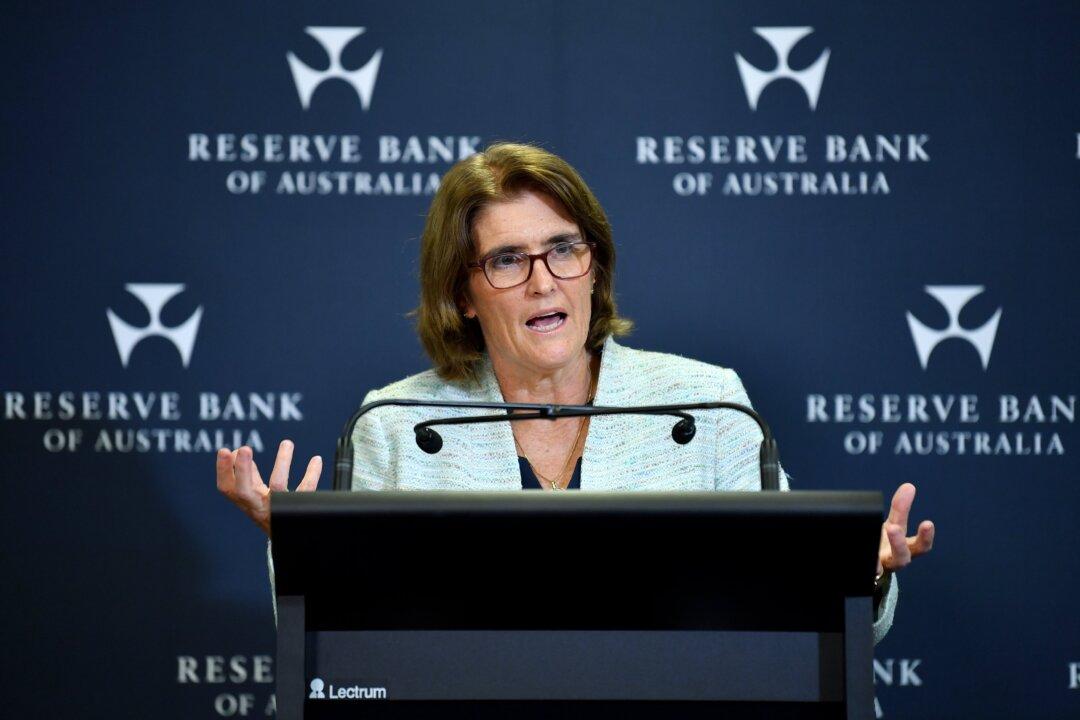Commentary
Michelle Bullock, the new governor of the Reserve Bank of Australia (RBA), is shaping as one of Treasurer Jim Chalmer’s best appointments, but one he may well be regretting. We should be grateful.

Michelle Bullock, the new governor of the Reserve Bank of Australia (RBA), is shaping as one of Treasurer Jim Chalmer’s best appointments, but one he may well be regretting. We should be grateful.